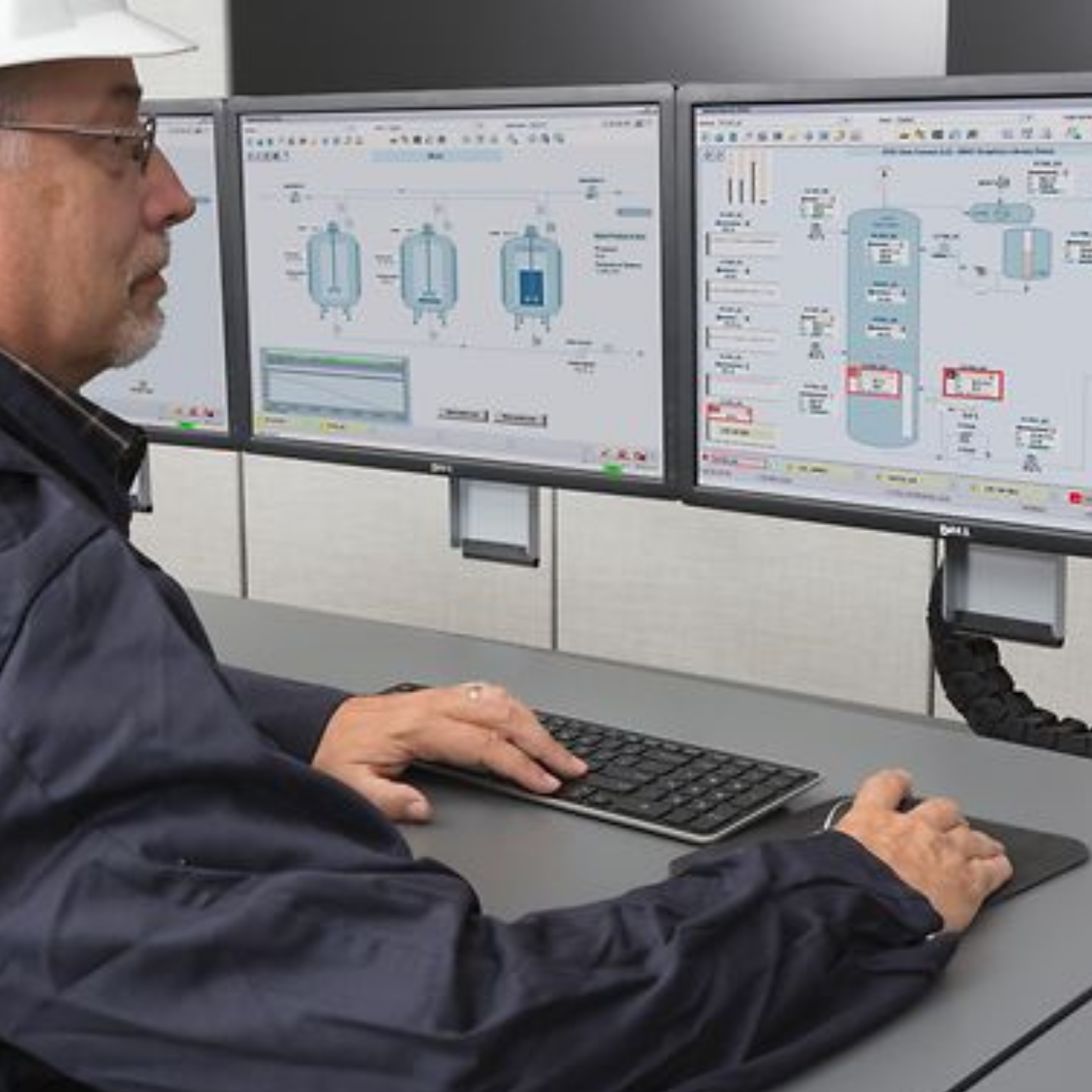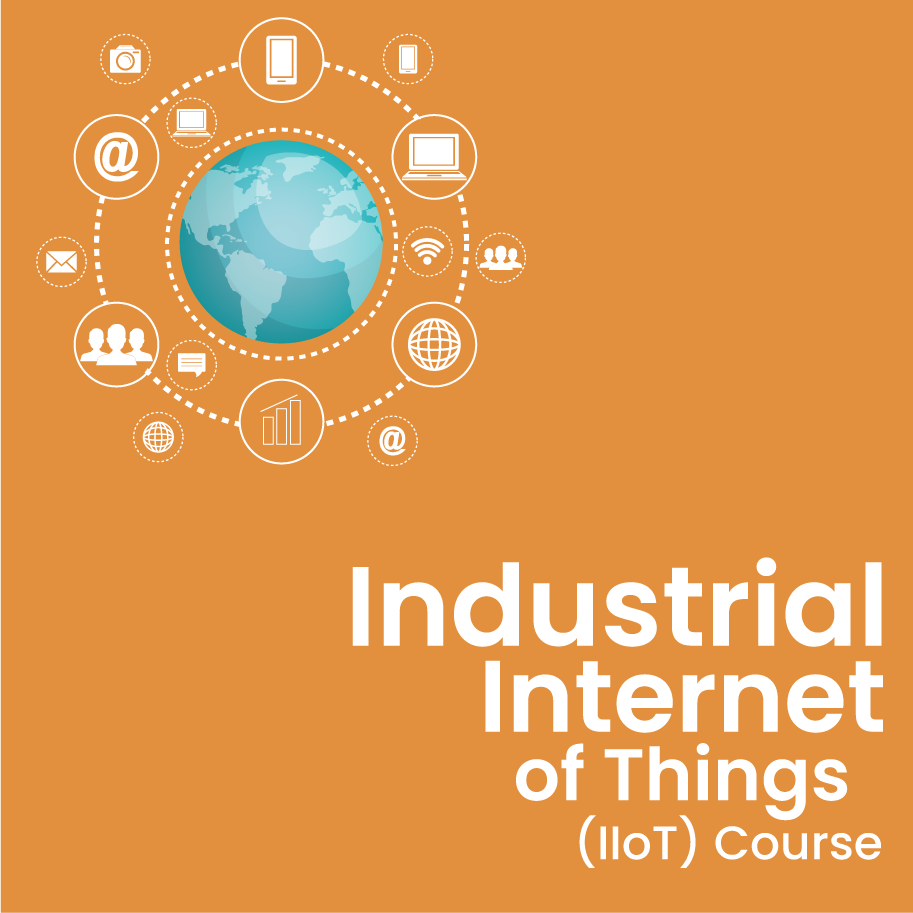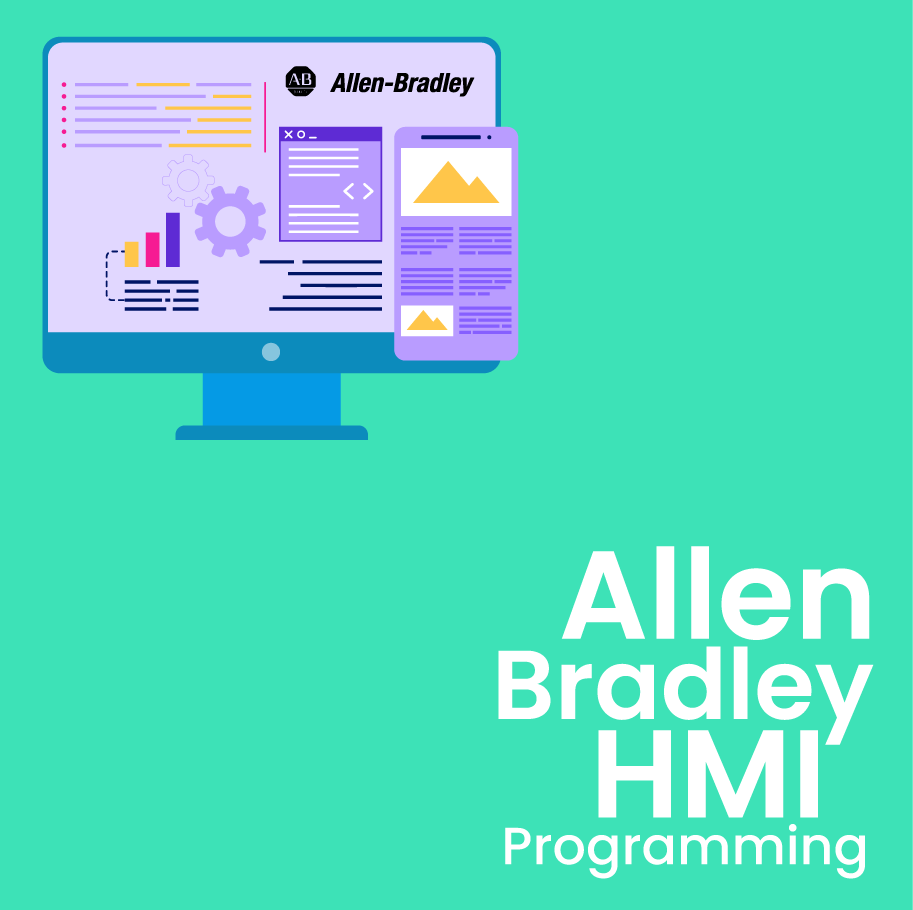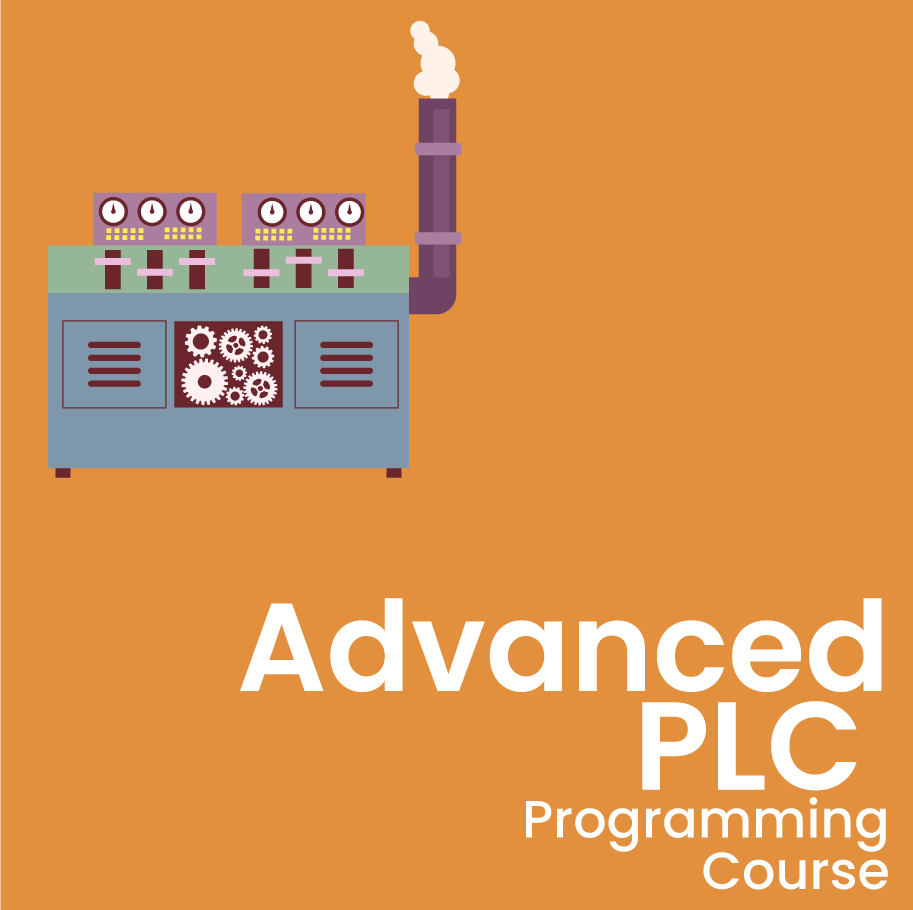The Automation System Professional (ASP) course offered by IIPD Global in Dubai, UAE, is a comprehensive program designed to equip individuals with the necessary skills and knowledge to excel in the field of industrial automation. This course is tailored to meet the demands of the ever-evolving automation industry, providing participants with a solid foundation in automation systems, control technologies, and industry best practices.
The course is structured to enable learners to gain practical skills and hands-on experience through theoretical learning and practical lab sessions. The curriculum is designed to cover the latest trends and technologies in automation systems, ensuring that learners are well-equipped with the latest knowledge and expertise.
One of the primary focuses of the course is on the different hardware and software components that make up an automation system. This includes PLCs, HMIs, sensors, actuators, and other related components. Learners will understand how these components work together to create a seamless and efficient automation system.
About IIPD Global:
IIPD Global is a renowned training institute that specializes in delivering high-quality professional development programs in various domains. With its commitment to excellence and industry relevance, IIPD Global has established itself as a trusted provider of technical training and certifications worldwide. The organization brings together industry experts, experienced trainers, and state-of-the-art facilities to deliver practical, hands-on learning experiences to professionals across different sectors.
Objectives:
The course aims to help the participants understand automation technologies and identify advantages, limitations, and applications. Develop the ability to recognize, articulate and solve industrial problems using automation technologies.
Course Outcome:
Upon completing the Automation System Professional Course from IIPD, the candidate will be able to:
- Locate and identify hardware systems like PLC, HMI, VFD, PAC
- Program and configure different brands of PLCs and PACs per the process/site requirement.
- Interpret, understand, and apply ladder logic programming as per requirements and make changes to running programs
- Program and configure HMI and SCADA and communicate with PLCs.
- Program and setup VFDs for industrial applications
- Perform industrial networking using communication protocols like MODBUS 485, MODBUS TCP, PROFIBUS, etc, between PLC and slave modules.
- Troubleshoot Communication issues.
- Troubleshoot I/O Faults
- Going online with the software for monitoring and troubleshooting
- Understand and perform PLC-based Control Panel Wiring.
- Understand the Industrial Internet of Things (IIoT) technology, fetch data from PLC, and upload to the cloud-based system.
Prerequisite:
- Bachelor/Diploma In electrical/ electronics/ mechanical/ mechatronics/ instrumentation/ control/ robotics and minimum 2 years experience in a relevant technical field.
- Understanding of the systems to which the training is related.
Course Outline
Below is the course content, which includes a detailed outline of the topics and materials covered.
Introduction
- History of PLC
- Different Control Methods
- Relay, its application, and its features.
- Electrical wiring diagram of Gates using NO and NC Switches
- Implementation of Relay Gates
- Introduction to PLC and applications
- Advantage of PLC over relay wiring
- PLC Programming Languages
- General Introduction on SCADA, DCS
Allen Bradley PLC
- MicroLogix 1400 PLC Anatomy, Software Packages, and Versions
- Controller Properties, RSLogix500 First Look
- Input, Output Addressing, Memory allocation
- Configuring BOOTP DHCP tool for Communication
- Setting up RSLinx Classic Drivers, using RSEmulate for Program Simulation
- Controller and Program Tags
- Practice Questions and testing the program
- Creating interlocks for motor control
- Concepts of Timers-TON, TOF, RTO
- Concepts of Counters-CTU, CTD
- RTO RES
- Latch, Unlatch, OSR
- Uploading and Downloading program to the controller
- Online editing
- Advanced Math and Data conversion function
- Using Compare, Move and Limit functions
- Remaining instructions
- Configuring Analog IO
S7 1200 -SIEMENS PLC
- Siemens S7 series PLC Anatomy and Models
- Software Packages and Versions
- TIA Portal First Look
- Controller Properties
- Configuring Communication
- Selection of Controllers
- Input ,output Addressing and memory mapping
- Uploading and Downloading program to the controller
- Creating new Project/Program and Tagname based Programming
- Basic Instructions
- Online editing
- Practice Questions
- Concepts of Timers - TON, TOF, TP, TONR
- Concepts of Counters - CTU, CTD, CTUD
- Using Compare, Move and limit functions
- RTC
- Remaining instructions
- Configuring Analog IO
SCADA -InTouch (Schneider Electric)
- Introduction and application of SCADA
- Creating new project
- Basic drawing tools and color changing features
- Wizards
- Single switch and light with same tag
- Linking different tags using scripts
- On show, while show
- Automatic decrementing
- Animation properties – fill, location, orientation, size etc
- Condition scripts
- Data change scripts
- Trends(real time and historical)
- Key scripts
- Quick function
- Practice questions
- Remaining Features
- PLC - SCADA Interfacing
- Binary Output Interfacing
- Why Inputs cannot be controlled from SCADA.
- PLC Program and Interfacing
Programmable Automation Controller (PAC) -Allen Bradley
- ControlLogix Controller Anatomy
- RSLogix 5000 vs Studio 5000
- Addressing and memory allocation
- Bit logic Instructions
- Timer And Counter Instructions
- Compare instructions, Including CMP
- Mathematical instructions, Including CPT
- Using of arrays
- Using Compare, Move and Limit functions
- User User-defined types
- Industrial Application Practice Questions
Siemens HMI
- Select the HMI model
- Creating a new project
- Working with TIA portal for PLC tag communication
- Interfacing and communication settings
- PROFINET Network configuration
- Creating New Screens
- Screen Navigation
- Addressing and configuring Digital & Analog Tags
- Configuring Lamps, Switches & IO Field Elements
- Trends and Graphs
- User Security configuration
- Alarm Configuration
- Using other graphical elements
VFD (Danfoss)
- What is Local,2 wire, and 3 wire? Control why and where it is used (explanation)
- Basic programming parameters and Local Control
- 2 wire control
- Analog Input Control
- Program Parameters
- Preset frequency using digital input
- Relay operation
- Display Parameters, Terminal Parameters
- 3 wire control
- Jogging using digital input
- All advanced Parameters (Eg:- Skip frequency, Start at power up)
- Other digital input parameters
- Automatic stopping of the motor when the frequency exceeds a predefined limit
- Practice Questions
Electrical Control Panel Wiring
- How can a relay replace PLC in small applications
- Switching of single output using relay
- AND,OR, NAND NOR gates
- XOR gate using double pole and then using single pole relay
- DOL starter
- The interlocking of two outputs using a relay(DOL)
- Contactors: working and applications
- DOL starter using contactor
- Timer 2 modes of operation On delay, Interval Delay
- Star delta starter wiring of 3 phase motor
- Alarm System problem using a relay with 3 poles and then reduced to 2 pole
- PLC Wiring
Industrial Communication Networks
- PROFIBUS
- MODBUS 485
- MODBUS TCP
Industrial Internet of Things (IIoT)-Basics
- Introduction to IIoT
- Acquiring Data from PLC
- Sending Data to the Cloud
Methodology:
- Batchwise and /or One on One Hands-on-Sessions
By enrolling in the Automation System Professional course, participants will gain a competitive edge in the job market, enhance their career prospects, and contribute effectively to the industrial automation industry.







